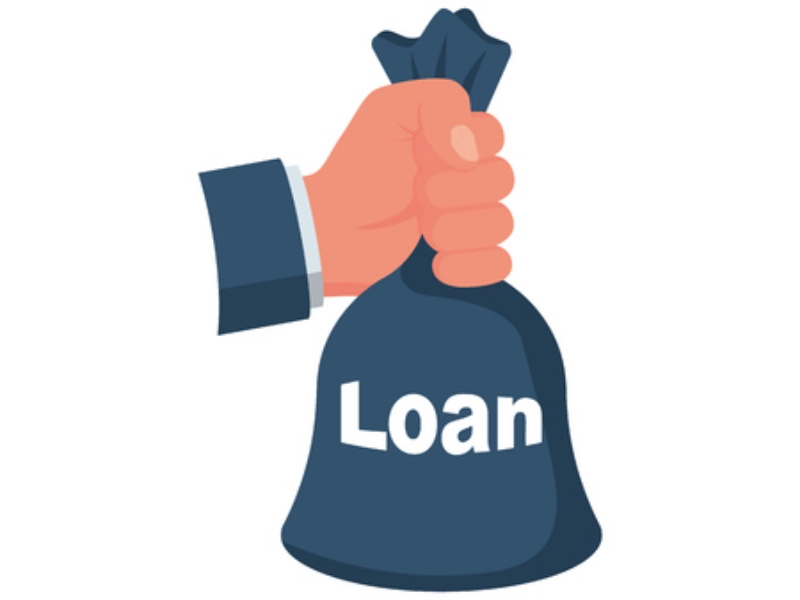Knowing your alternatives is crucial when looking for a home loan. ARMs are becoming more and more common, even though fixed-rate mortgages still account for the great majority of home loan applications. ARMs can reduce borrowers' monthly payments and offer low interest rates for a predetermined amount of time. Additionally, they provide a range of interest rate limits that set a cap on how much the loan can change over time and at each rate adjustment.

 Your loan's interest rate may fluctuate if you have a variable-rate mortgage. Although the starting rate might be less than that of a fixed-rate mortgage, it is subject to change based on the state of the market. When determining whether an ARM is the best financial option for you, it's critical to consider both of its advantages and disadvantages.
You may benefit from an initial period of lower monthly payments than you would with a fixed-rate mortgage, depending on the parameters of your ARM. This may allow you some leeway to organize your finances before the rate changes.
This is also a smart choice for those who intend to move out of their houses quickly so they can take advantage of the cheaper interest rates and payments during that time and then sell or refinance before the rate changes once more. An interest-only mortgage is an additional option for an ARM; for a number of years, you just pay the interest that has accumulated on your loan.
Your loan's interest rate may fluctuate if you have a variable-rate mortgage. Although the starting rate might be less than that of a fixed-rate mortgage, it is subject to change based on the state of the market. When determining whether an ARM is the best financial option for you, it's critical to consider both of its advantages and disadvantages.
You may benefit from an initial period of lower monthly payments than you would with a fixed-rate mortgage, depending on the parameters of your ARM. This may allow you some leeway to organize your finances before the rate changes.
This is also a smart choice for those who intend to move out of their houses quickly so they can take advantage of the cheaper interest rates and payments during that time and then sell or refinance before the rate changes once more. An interest-only mortgage is an additional option for an ARM; for a number of years, you just pay the interest that has accumulated on your loan.
 During the first few years of your mortgage, ARMs enable you to purchase a property with a lower interest rate, which can save you money and make your monthly payments more manageable. Borrowers who require a reduced rate in order to reach their financial objectives and who anticipate relocating or selling their houses in the future may find this to be of particular use.
ARMs are indexed to a benchmark rate that varies in line with the market, in contrast to fixed-rate mortgage loans, which remain constant over time. The benchmark—typically a well-known rate released by an impartial organization—is then paired with a preset margin that the lender has established.
Additionally, some ARMs have caps that place a restriction on how much the interest rate or monthly payment can increase over the course of the loan's life and during each adjustment period. These can assist borrowers in adhering to their spending plans and preventing negative amortization, which is the process of adding unpaid interest to the principle amount. Based on your objectives and degree of comfort with uncertainty, an ARM might be the best option for you.
During the first few years of your mortgage, ARMs enable you to purchase a property with a lower interest rate, which can save you money and make your monthly payments more manageable. Borrowers who require a reduced rate in order to reach their financial objectives and who anticipate relocating or selling their houses in the future may find this to be of particular use.
ARMs are indexed to a benchmark rate that varies in line with the market, in contrast to fixed-rate mortgage loans, which remain constant over time. The benchmark—typically a well-known rate released by an impartial organization—is then paired with a preset margin that the lender has established.
Additionally, some ARMs have caps that place a restriction on how much the interest rate or monthly payment can increase over the course of the loan's life and during each adjustment period. These can assist borrowers in adhering to their spending plans and preventing negative amortization, which is the process of adding unpaid interest to the principle amount. Based on your objectives and degree of comfort with uncertainty, an ARM might be the best option for you.
 One important element of an ARM is that its interest rates are fixed for a predetermined amount of time, usually the first few years. Terms like 3/1, 5/1, and 7/1, which reflect the length of the initial fixed interest rate and the frequency of subsequent rate adjustments—the first adjustment typically occurs after the loan's introductory fixed-rate period ends—are widely used to represent adjustable mortgages, or ARMs.
Following this initial period, an adjustable mortgage's interest rate is set annually and is determined by a fixed margin set by the lender, as well as a benchmark index that is subject to fluctuations. The majority of ARMs, however, have limits on the maximum amount that the interest rate on the loan may rise with each reset.
Since an ARM enables borrowers to purchase their ideal homes with lower monthly payments and less interest up front, many home buyers value its steadiness. For purchasers who anticipate selling their houses before the fixed-rate period expires, ARMs might also be a desirable choice.
One important element of an ARM is that its interest rates are fixed for a predetermined amount of time, usually the first few years. Terms like 3/1, 5/1, and 7/1, which reflect the length of the initial fixed interest rate and the frequency of subsequent rate adjustments—the first adjustment typically occurs after the loan's introductory fixed-rate period ends—are widely used to represent adjustable mortgages, or ARMs.
Following this initial period, an adjustable mortgage's interest rate is set annually and is determined by a fixed margin set by the lender, as well as a benchmark index that is subject to fluctuations. The majority of ARMs, however, have limits on the maximum amount that the interest rate on the loan may rise with each reset.
Since an ARM enables borrowers to purchase their ideal homes with lower monthly payments and less interest up front, many home buyers value its steadiness. For purchasers who anticipate selling their houses before the fixed-rate period expires, ARMs might also be a desirable choice.